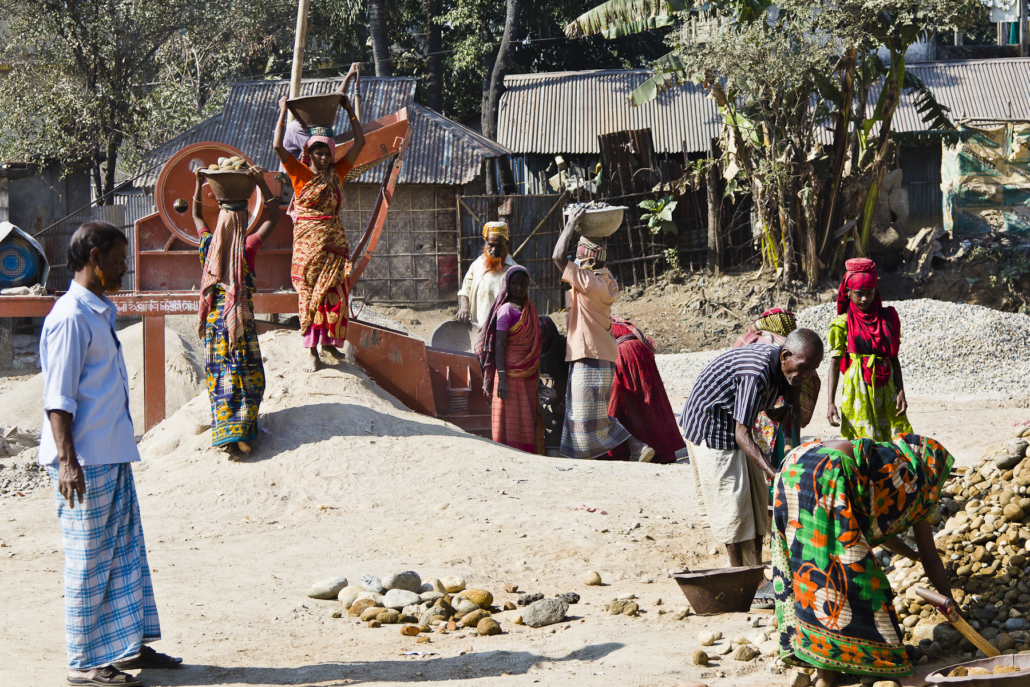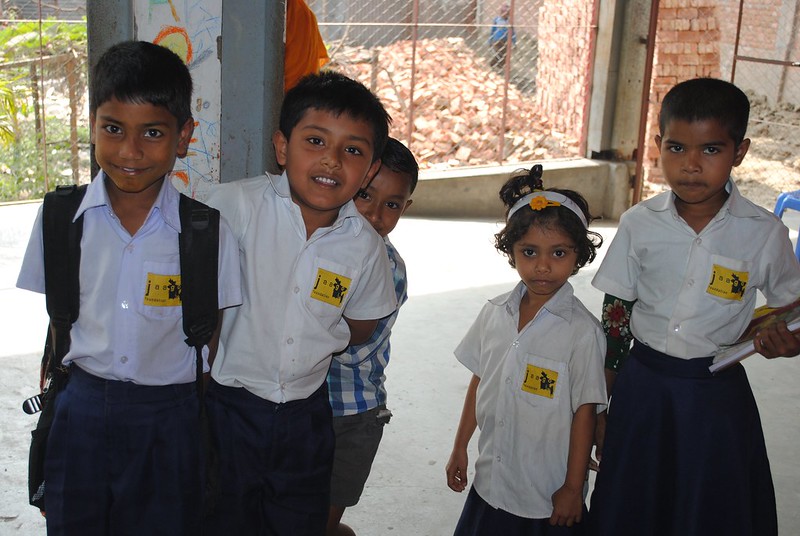 Bangladesh has made significant strides from poverty to becoming one of the world’s fastest-growing economies. The poverty rate has gone from 41.6% to 18.7% in the past decade. While improvements in health care and education are notable, many areas still lack essential resources. Bangladeshis living in poverty-stricken areas have inadequate access to healthcare, education and food, with about 25% of the country being food insecure.
Bangladesh has made significant strides from poverty to becoming one of the world’s fastest-growing economies. The poverty rate has gone from 41.6% to 18.7% in the past decade. While improvements in health care and education are notable, many areas still lack essential resources. Bangladeshis living in poverty-stricken areas have inadequate access to healthcare, education and food, with about 25% of the country being food insecure.
In addition, Bangladesh has the fourth highest child marriage rate in the world, primarily affecting rural populations living in poverty. These populations often turn to child marriage as they are unable to provide for their daughters. Despite progress, disparities persist, leaving some regions underserved.
To address these challenges, several charities are actively working on the ground in Bangladesh. They aim to ensure equitable access to vital resources for all citizens. These organizations play a crucial role in bridging the gap and empowering communities through supporting health care, education and poverty alleviation. Here are five charities operating in Bangladesh:
Save the Children
Save the Children is a global nongovernmental organization (NGO) that stands as a vigilant guardian for children worldwide, committed to shielding them from potential harm. Operating in Bangladesh since 1970, its initiatives encompass essential programs such as health, education and protective measures.
Noteworthy achievements include spearheading the United States Agency for International Development (USAID) MaMoni Maternal Care Strengthening Project, a five-year program that began in 2018. It aimed to increase access to quality maternal and newborn health care and to reduce the maternal and neonatal mortality rate for marginalized communities.
Additionally, there’s the Reading Enhancement for Advancing Development (READ) project, a five-year program that took place from 2013 to 2018. This initiative provided training for teachers and reading materials for students, impacting more than one million learners. Moreover, Save the Children’s efforts extend to aiding Rohingya refugees residing in southeastern Bangladesh by building facilities such as toilets, health care centers and learning centers, exemplifying its unwavering commitment to the well-being and production of vulnerable children in the region.
Jaago Foundation
Jaago Foundation is a nonprofit organization founded in 2007 that is dedicated to empowering underprivileged individuals across Bangladesh, with a focus on education, youth development and women’s empowerment. Currently, its endeavors include blistering technological skills among students and expanding access to education through digital platforms.
In addition, it provides scholarships to women, ensuring they can pursue and continue their education, thus fostering a more inclusive and equitable society. Through its efforts, it has helped provide access to education to more than 3,500 students and engaged 16,000 children in reading initiatives. Through these initiatives, the Jaago Foundation is catalyzing transformative change and paving the way for a brighter future for all.
Thrive Global
Thrive Global has been on a mission to combat child hunger in Bangladesh by providing nutritious meals to schools. It has collaborated with local NGOs since 2012. USAID approximates that 25% of Bangladesh remains food insecure, including 36% of kids under 5 years of age. Children remain one of the most vulnerable populations to malnutrition.
Thrive Global’s targeted efforts are concentrated in underprivileged areas, particularly urban slums, where access to adequate nutrition is often scarce. Each day, it provides meals to about 2,100 students at 11 different schools across Bangladesh; 20 more schools are currently on the waiting list to receive daily meals.
Recently, Thrive Global has extended its reach to the Philippines, expanding its impactful initiatives beyond borders to address the pressing issue of childhood malnutrition in more communities. Through dedicated work, the nonprofit is sowing seeds of hope and nourishment for a brighter future for children in need.
Girls Not Brides
Another of the charities operating in Bangladesh is Girls Not Brides, an international organization that is at the forefront of the global movement to eradicate child marriages. Launched in Bangladesh in 2013, it focuses on nurturing youth leadership and empowering young activists, as well as advocating for increased investment in programs aimed at ending child marriage.
In 2017, the organization was involved in the technical revision of the Child Marriage Restrain Act, a law intended to make sure that girls under the age of 18 and boys under the age of 21 are protected from unlawful marriage. It continues to lobby the government for the enforcement of the act while simultaneously striving to raise public awareness throughout the country.
Girls Not Brides has reached nearly 50,000 girls across Bangladesh through its efforts to end child marriage. This nonprofit is driving meaningful change toward a future free from child marriage in Bangladesh and beyond.
Brackett Refugee Foundation
Brackett Refugee Education Fund is a nonprofit foundation established in 1997 and dedicated to providing education for refugees, particularly internally displaced children. It supports children in poverty-stricken regions by providing financial contributions so they can go to school. With a focus on Burma, Bangladesh, India and Thailand, it supports students at various levels, including to hundreds of university students, offering them a chance at a brighter future amid adversity.
In Bangladesh, the organization supports educational assistance to Rohingya refugees in Cox’s Bazar through the Children on the Edge program, which sets up learning centers and digital initiatives. By focusing on providing access to education, it empowers these vulnerable populations to foster resilience and opportunities for a brighter future.
Looking Forward
Bangladesh’s progress in tackling poverty is evident, but challenges persist, particularly regarding regional disparities in access to essential resources. Charities operating in Bangladesh play a vital role in bridging these gaps and fostering a more equitable society. As Bangladesh continues to develop, ongoing efforts to address inequality are essential for ensuring that all citizens have the opportunity to thrive in the country’s evolving landscape.
– Adrita Quabili
Photo: Wikimedia Commons

 Maternal health in Bangladesh faces significant challenges.
Maternal health in Bangladesh faces significant challenges. 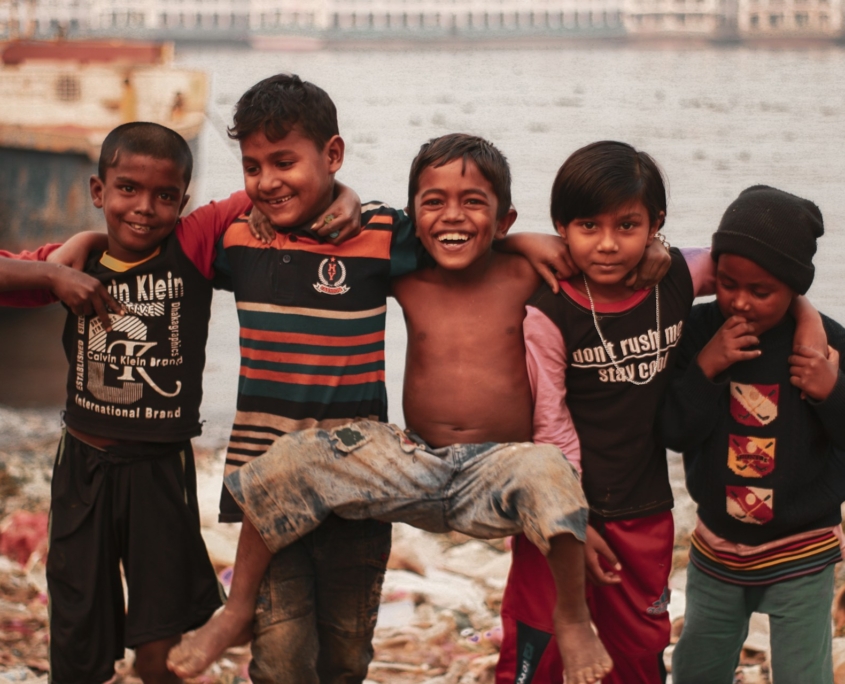 Bangladesh has made significant progress in welfare and poverty reduction since the 2000s. The country’s poverty rate decreased from
Bangladesh has made significant progress in welfare and poverty reduction since the 2000s. The country’s poverty rate decreased from 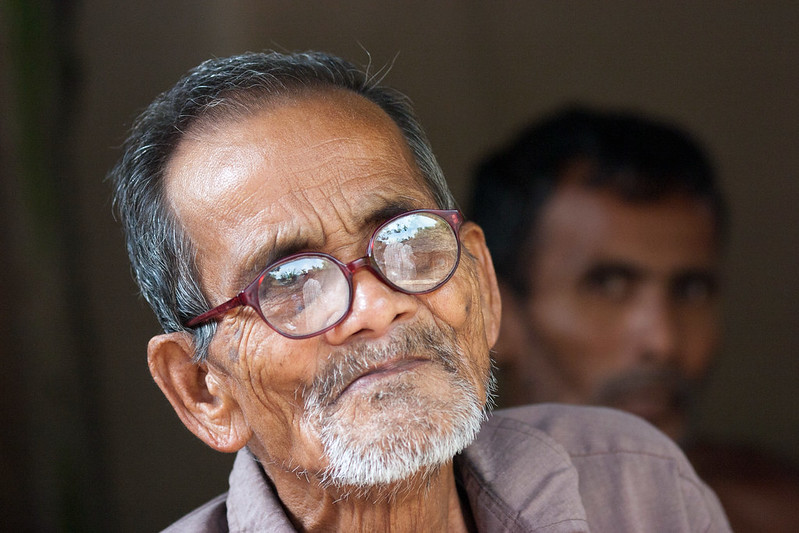 Bangladesh’s health workers have played a pivotal role in improving community well-being. Community Health Workers (CHWs) have restored clear vision for 2 million adults in less than two decades. Since 2006, the social enterprise VisionSpring, in collaboration with BRAC Bangladesh, has trained 32,000 volunteers. These trained individuals bring primary diagnosis for presbyopia—a common cause of farsightedness in adults—to remote communities.
Bangladesh’s health workers have played a pivotal role in improving community well-being. Community Health Workers (CHWs) have restored clear vision for 2 million adults in less than two decades. Since 2006, the social enterprise VisionSpring, in collaboration with BRAC Bangladesh, has trained 32,000 volunteers. These trained individuals bring primary diagnosis for presbyopia—a common cause of farsightedness in adults—to remote communities.
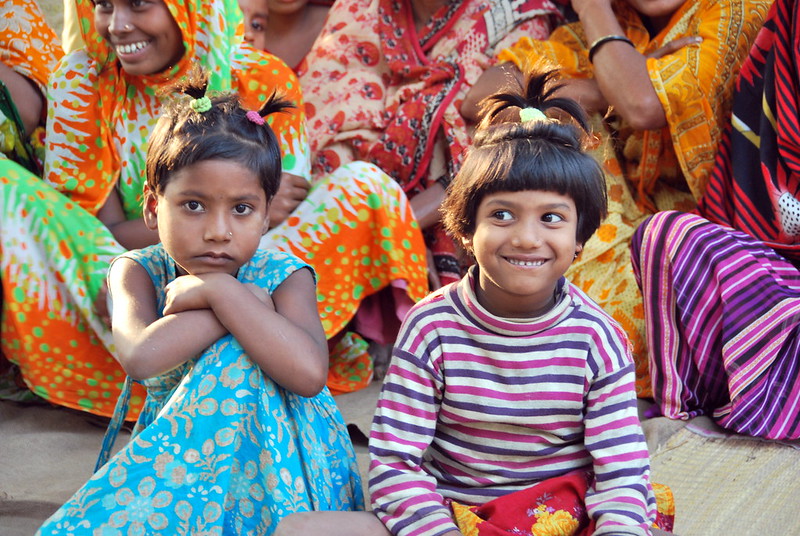

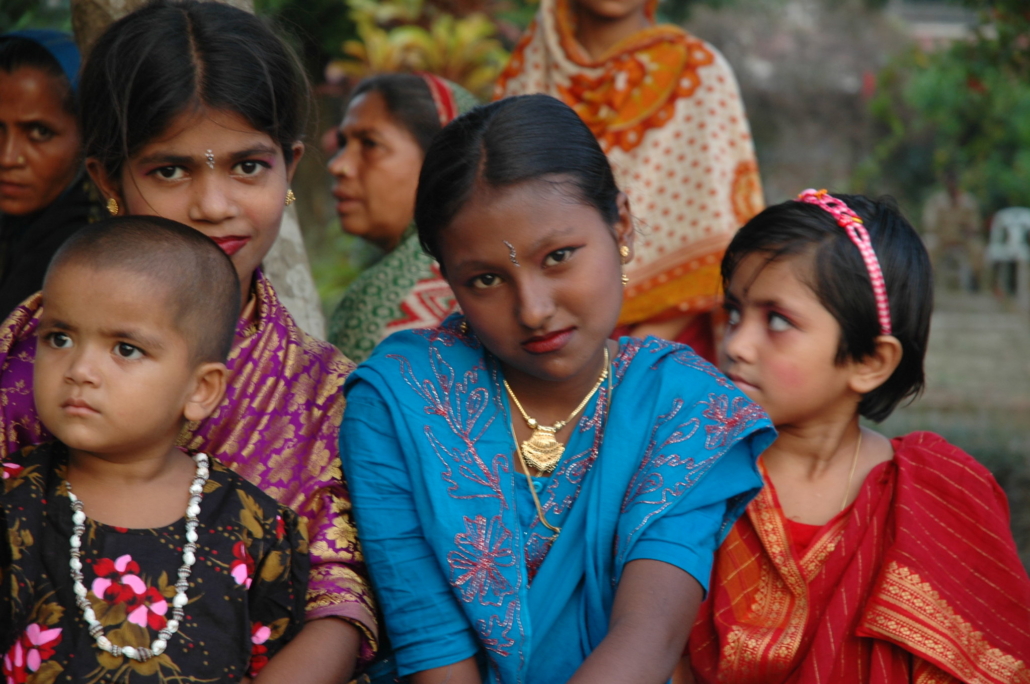
 With a population of almost 170 million people, Bangladesh is often overlooked when thinking of the most populous nations in the world. Over the past decade, massive urbanization has occurred across the country, expediting poverty reduction in rural areas, according to the World Bank. Overall, the World Bank states that
With a population of almost 170 million people, Bangladesh is often overlooked when thinking of the most populous nations in the world. Over the past decade, massive urbanization has occurred across the country, expediting poverty reduction in rural areas, according to the World Bank. Overall, the World Bank states that 